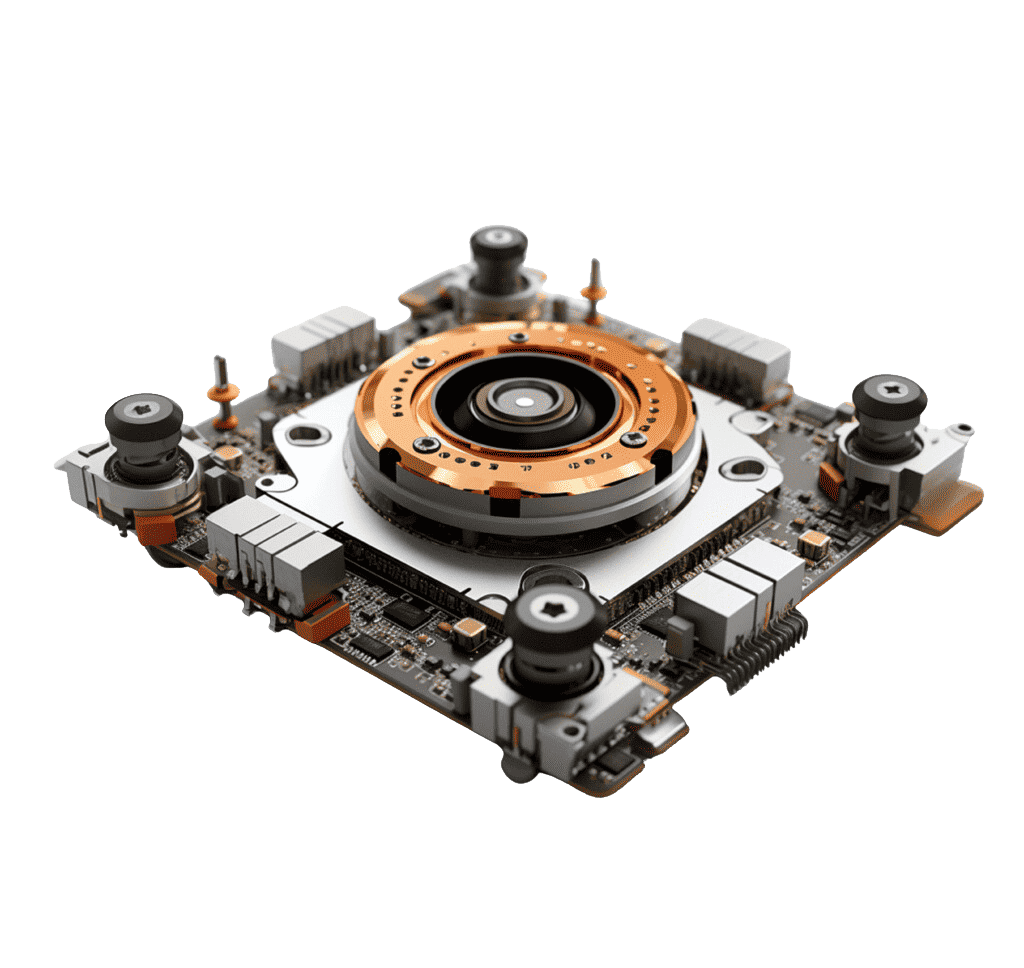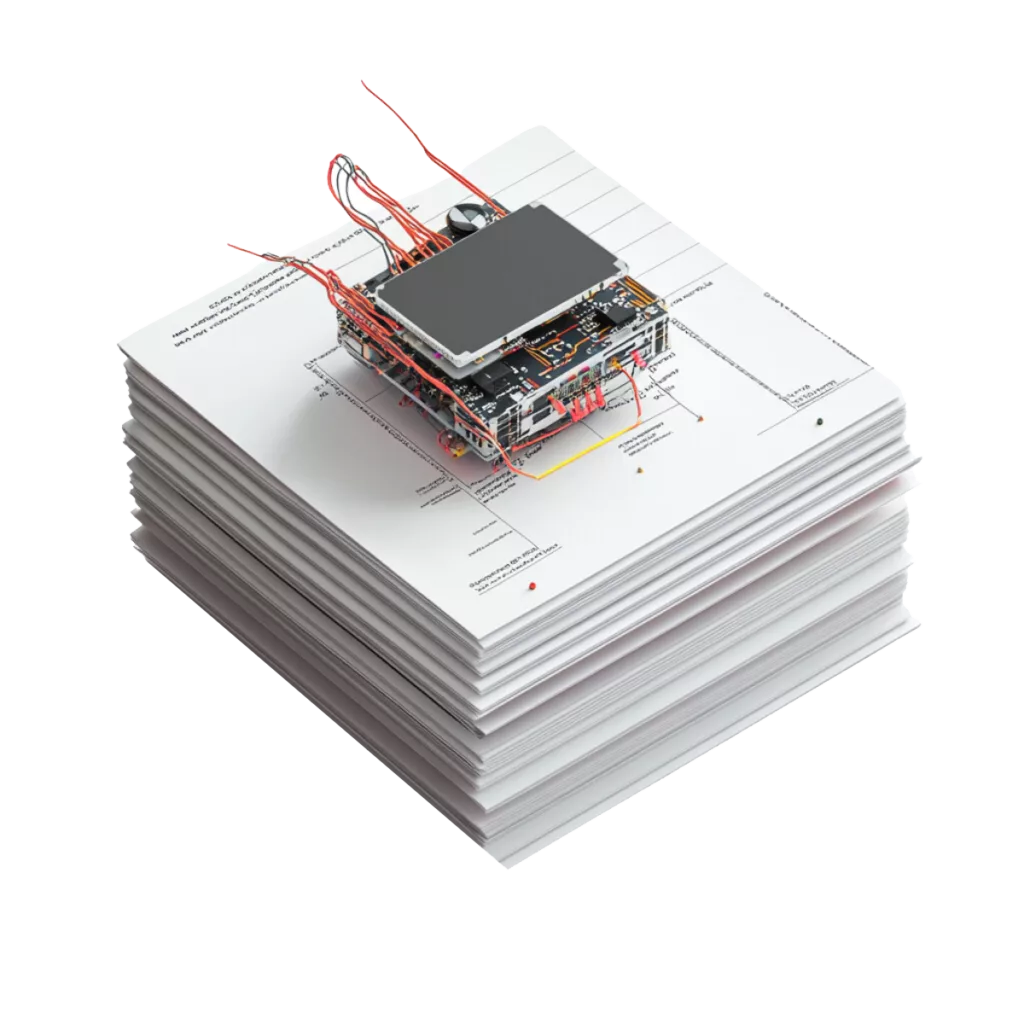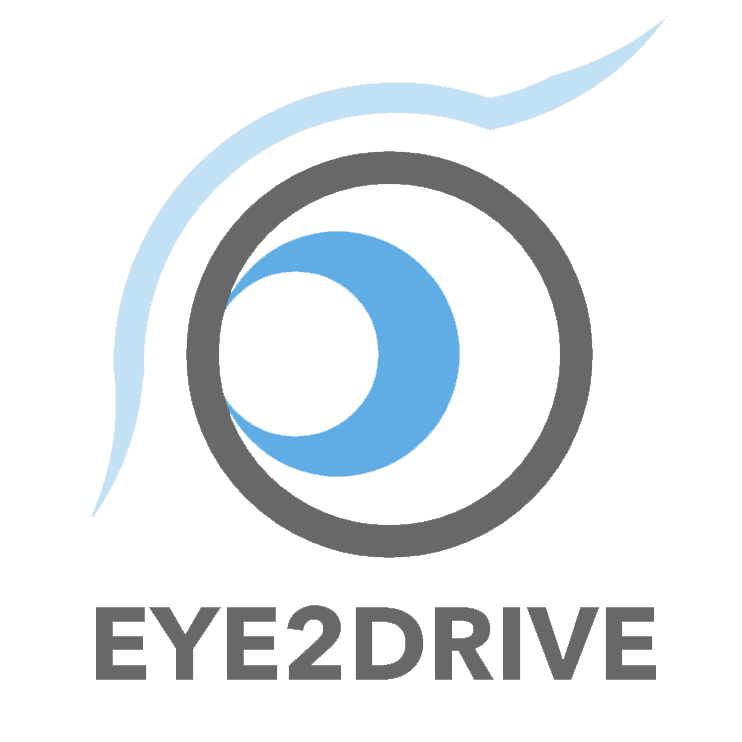EYE2DRIVE
WE DEVELOP AI-READY
IMAGE SENSORS FOR
AUTONOMOUS NAVIGATION
The perfection of the human eye inspired Monica Vatteroni, PhD, to design a silicon-based solution for capturing high-quality digital images even in the most adverse light conditions.
The Eye2Drive team has developed a next-generation CMOS image sensor that leverages our patented technology. The sensor enables intelligent image acquisition for diverse industrial applications, including autonomous navigation, logistics, robotics, and defense.
We Design and Develop AI-ready Imaging Sensors

We specialize in designing and developing advanced image-sensing hardware technology that prioritizes high performance and precision. Our Eye2Drive silicon CMOS imaging sensors are carefully crafted, fully integrated, and uniquely optimized for AI-driven applications. These sensors are protected by several key patents that safeguard our innovative technology. With artificial intelligence powering our sensors, they can dynamically adjust and adapt to changing conditions in real time, ensuring exceptional accuracy and reliability.
A Technology Based on a Strong Patent Portfolio

Eye2Drive‘s cutting-edge technology is powered by a robust portfolio of proprietary patents developed and owned by the company. This solid intellectual property foundation underscores Eye2Drive’s exceptional technological expertise and innovation in advanced vision systems and sensors.
This comprehensive patent portfolio showcases the company’s advanced knowledge and expertise. It ensures a robust market position, providing clients with unmatched reliability and protection in the autonomous navigation and imaging sensor landscape.

